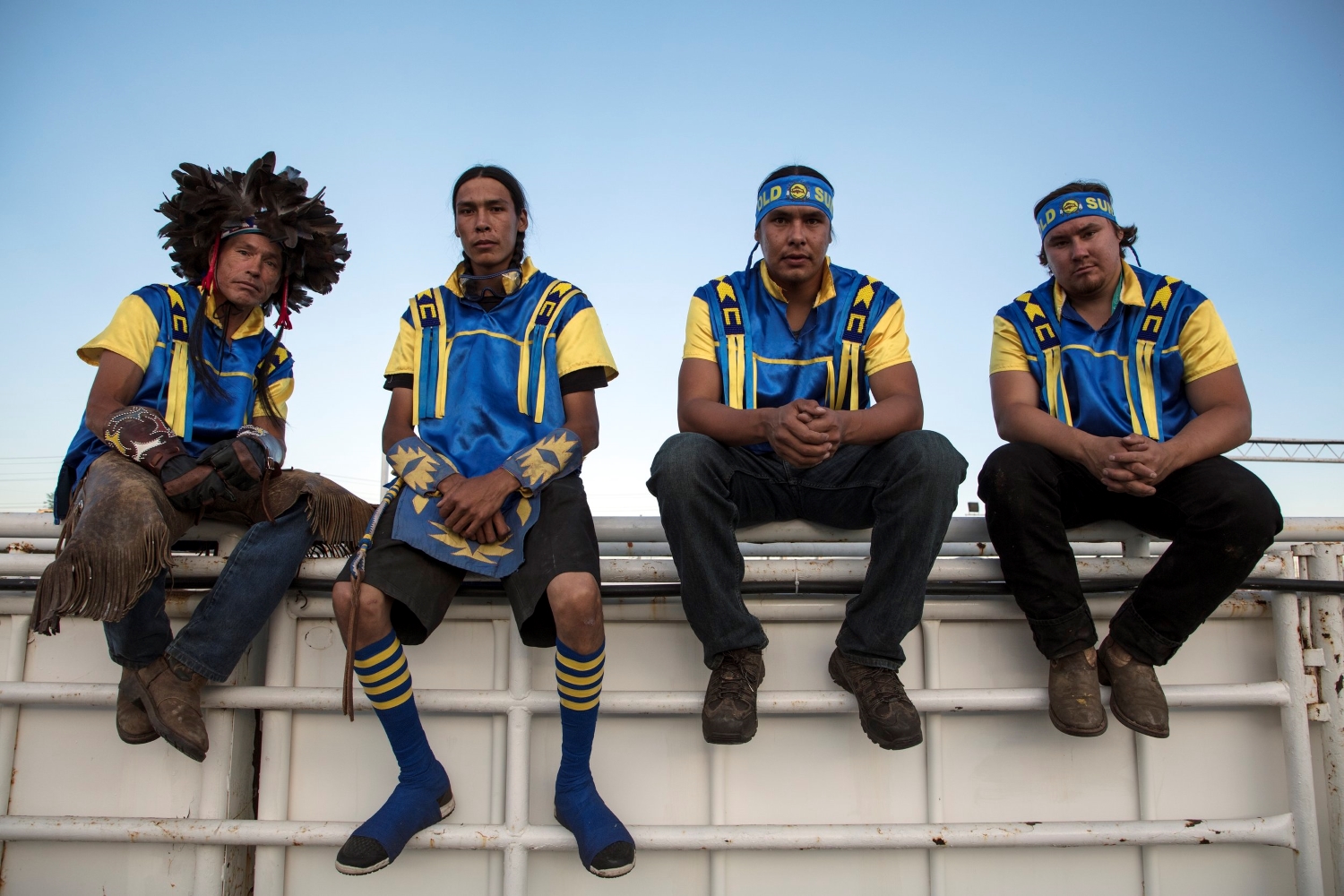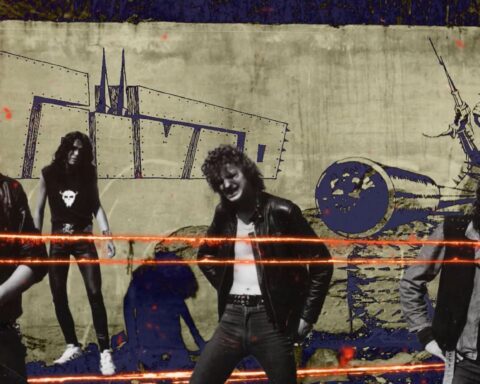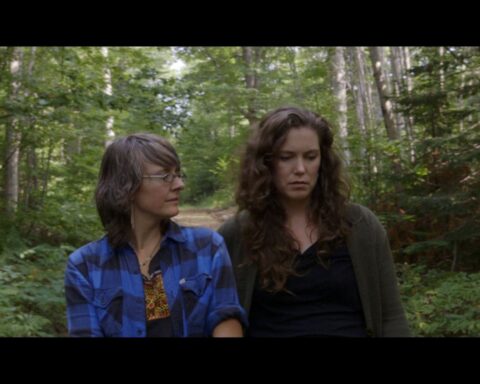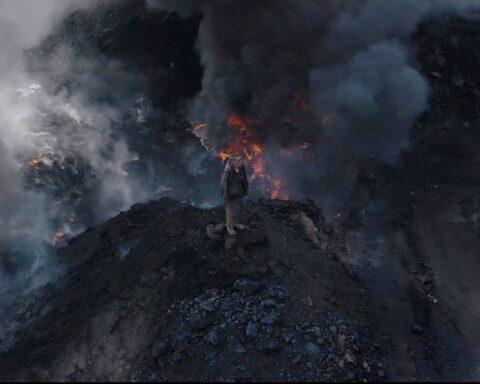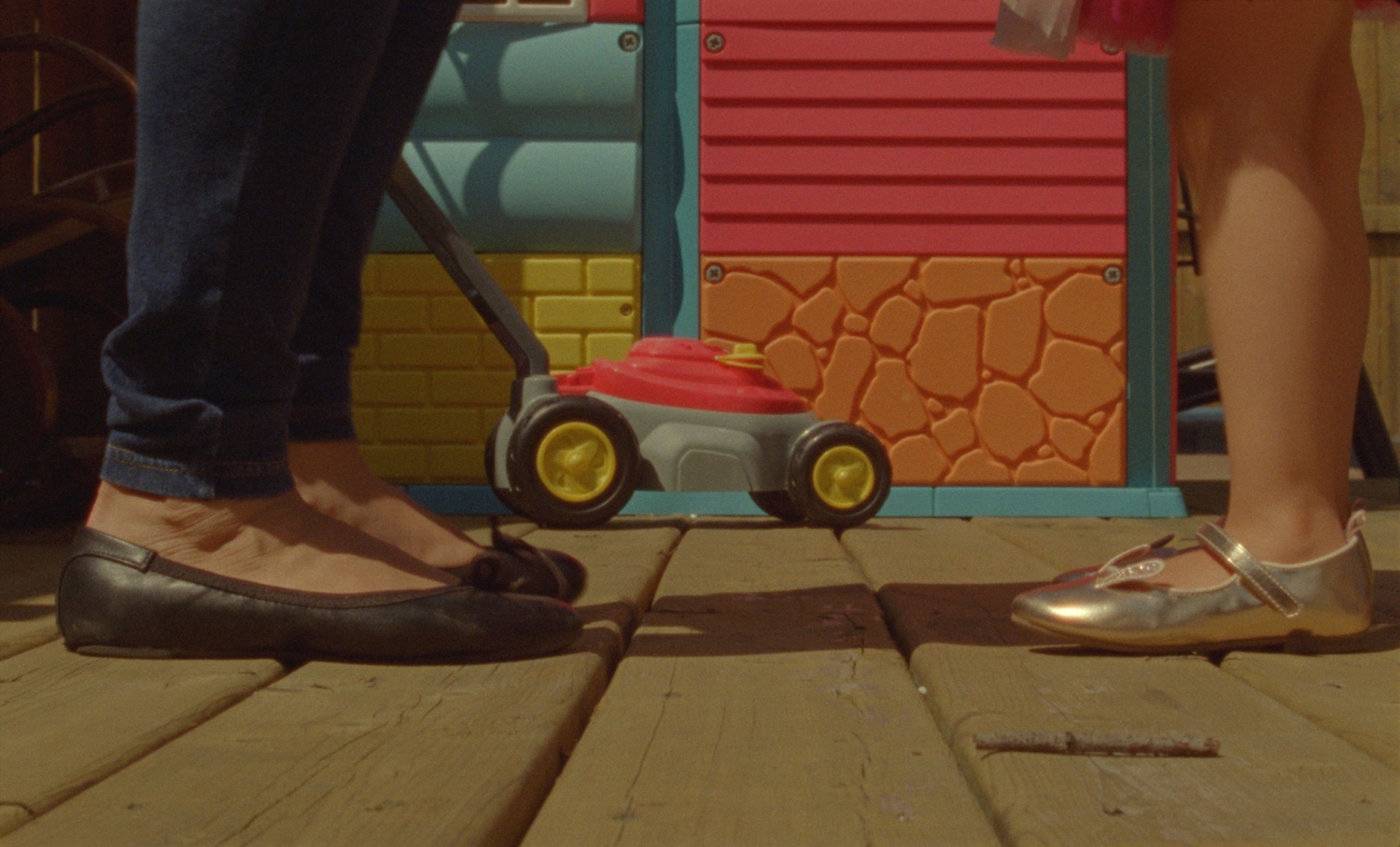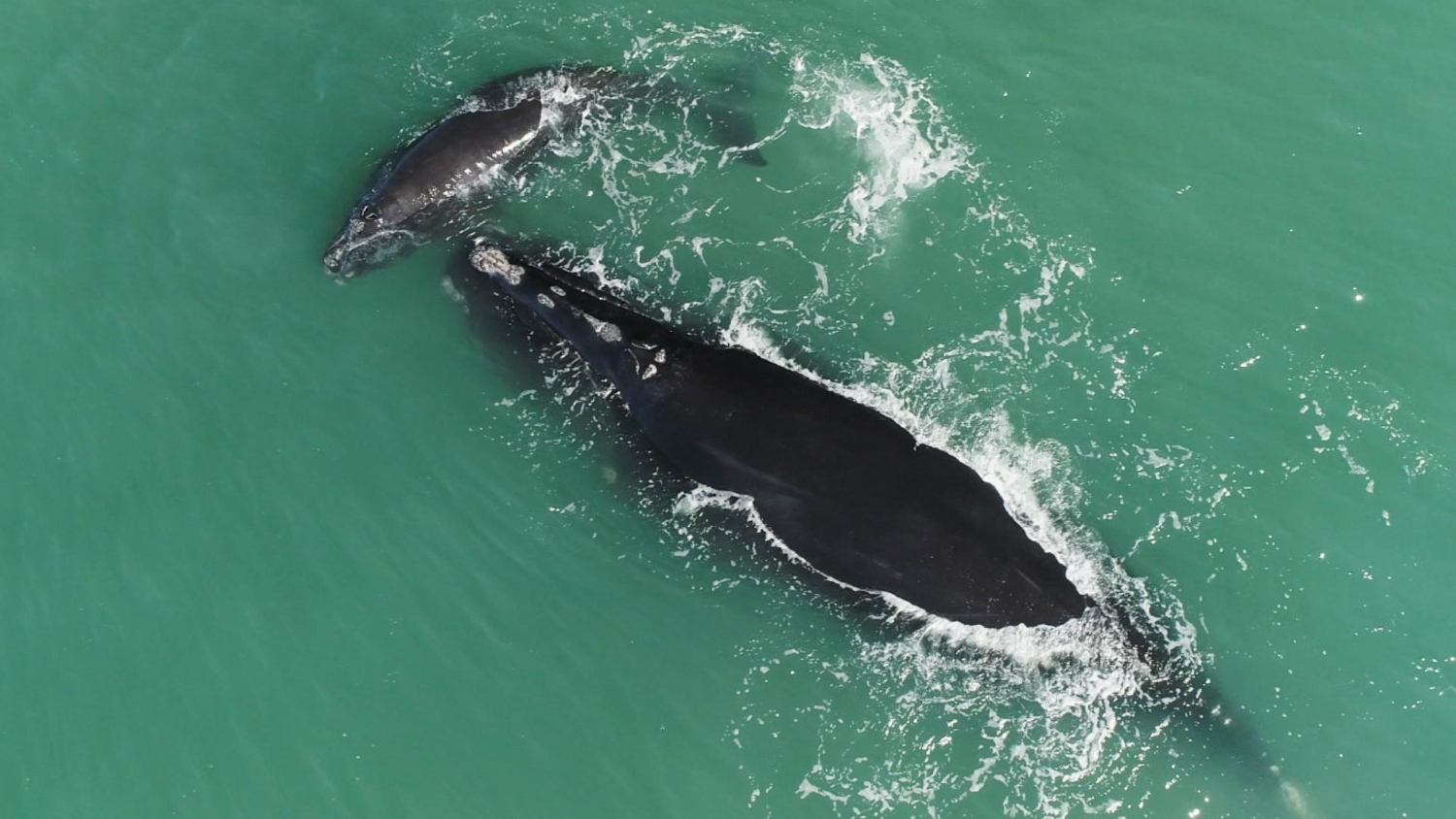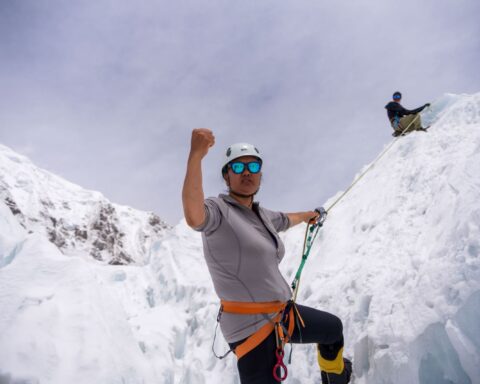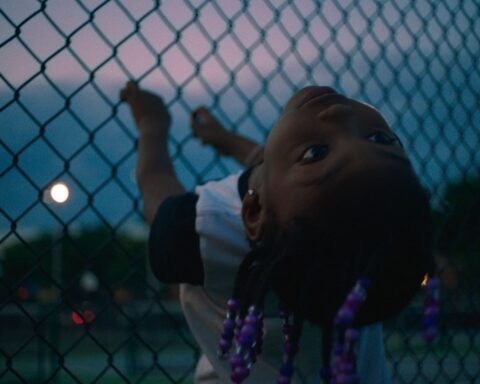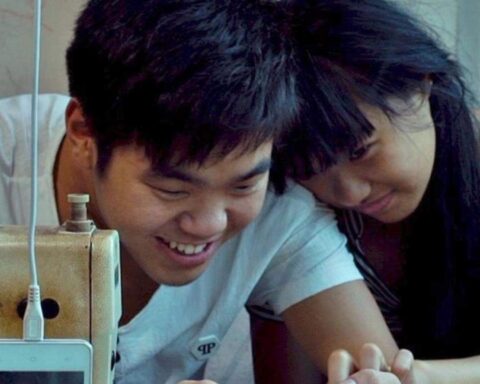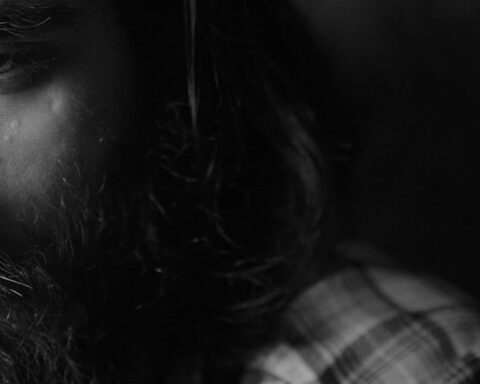What’s happening now?
Although Canada’s media establishment may claim things are better, where are the opportunities for Indigenous film and TV creatives this year and next? It’s still a tough slog as a producer or filmmaker to receive funding, get opportunities to be employed in higher and mid-level positions where the decisions are made, or to have any control. There are success stories, but many Indigenous filmmakers in documentary, film, and TV are struggling to get the support they need from the major Canadian funding bodies.
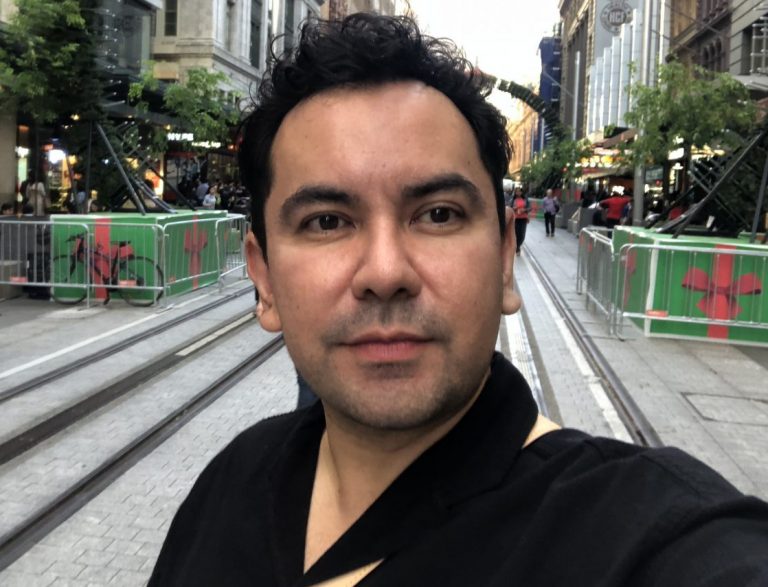
Producer and independent arts consultant Jason Ryle, formerly imagineNATIVE’s executive director for a decade, says that the struggle and mission continue to be getting people to understand the impact of narrative sovereignty, of telling our stories. “It’s been really important to have Indigenous people make decisions on which projects are funded,” he says, adding that he is a member of the NFB’s Indigenous Advisory Board. “Telefilm and the Canada Media Fund have had long stretches of time where they’ve had zero Indigenous employees, and the numbers are still small, and that’s a challenge.
“If we’re thinking about Indigenous cinema writ large, a cornerstone of that will be stories about residential schools, the impact of colonization, missing and murdered Indigenous women and post-colonial realities, in the same way that many Black filmmakers will tell stories about civil rights or overcoming slavery, or Jewish filmmakers will tell stories about the Holocaust,” he continues. “Those aren’t the only kinds of films that these filmmakers make, by any stretch of the imagination; now we’re seeing a diversification of stories coming out, a two-spirit love story, sci-fi, action, and rom coms.”
Filmmaker, podcaster, TV and radio producer, writer, and host Adeline Bird has come to the realization, after many years in the industry, that the structure she’s trying to work in is colonial. “How can we decolonize something that’s already structured to keep us out anyway?” says the Afro-Indigenous industry veteran. “Look at the boards of a lot of these broadcasters, and organizations. A good portion of them are still white, middle-aged people who are completely disconnected from conversations on social media and the community in general.
“We can sit here and have these conversations until we’re blue in the face, but the actual change from the top needs to happen, and it still hasn’t. Or they put one or two people in positions of leadership where they’re not really supported in the way that they need to be, or even heard.”
The systems

Jesse Wente, executive director of the Indigenous Screen Office (ISO), is optimistic about the industry. “After so many years of advocacy by so many, it feels like we’ve arrived at a significant part of the journey, but of course we always acknowledge that there’s more places to go.”
The ISO received $40.1 million over three years from the federal government for support, which will be split between two major funding programs, the Story Fund, and Sectoral Development, which aims to fund the infrastructure to be able to tell more Indigenous stories. “That’s about a little less than half of what we actually asked for, so while it is a significant investment into the sector, it’s not actually going to be fully adequate to meet the demands,” says Wente. “We fully expect to be oversubscribed immediately.”
There are announcements to come, which will reveal how the ISO is planning on spending the year’s allotment of $11.7 million, between the end of September and March 31. “A growing demand for these stories exists,” Wente says. “Canadians want to know these stories, because they realize they don’t [have them]. The challenge has been to get both the regulatory and funding framework to meet all of those demands. And I’m not sure we’re totally there yet, but we’re certainly a lot closer than we were a year ago.”
“The industry needs to figure out how to work with Indigenous creators and stories in new and better ways, and they’re finally realizing that they can’t do that without Indigenous staff,” says Aboriginal Peoples Television Network’s (APTN) new director of TV content and special events, Adam Garnet Jones. “There’s a number of new positions and new initiatives being created, and people are coming in to fill those… there’s a lot of different things happening simultaneously but I do think all of that movement does create change.”
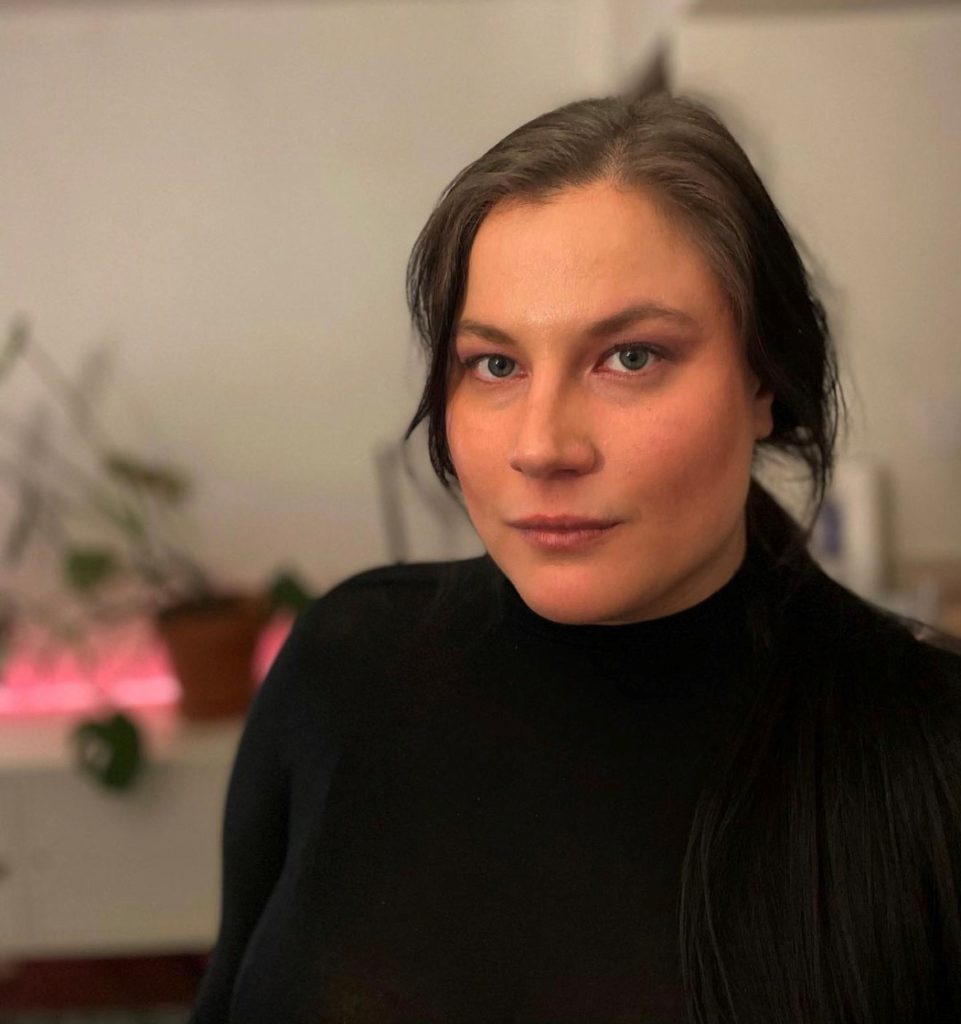
Adriana Chartrand started her new position at Telefilm Canada as lead Indigenous initiatives and content analyst in June. “I think one of the biggest challenges for Indigenous filmmakers has been keeping up the momentum of visibility that we’ve had over the last few years,” she says. Telefilm has $4 million held exclusively for production and development through the Indigenous stream, and this year funded seven features, including French-language and English-language documentaries, and five narrative features including Sean Stiller and Rémy Huberdeau’s Ojiibikaan and Alexander Lasheras’ B.
“Indigenous talent is everywhere you look, from coast to coast to coast, and in every area of production,” said Julie Roy, director general of creation and innovation at the NFB. She says that the problem the Canadian film and TV industry faces right now is having the resources to support all of this talent. Roy points out that it is “more than important—it’s crucial” to have Indigenous staff within institutions like the NFB, and that the organization has made a commitment to achieve at least 4% representation, which equates to 15 Indigenous employees, in all sectors and levels by 2025.
“We need more Indigenous staff within the NFB, in production as well as in every other area, if the institution is to truly change its culture and welcome into it the riches and insights of Indigenous cultures,” Roy states. Current Indigenous people filling roles at the NFB are the legendary filmmaker Alanis Obomsawin, who has the title of First Nations cultural attaché, and Coty Savard, a Cree/Métis producer in the North West Studio. Recent hires include Chehala Leonard, member of Aseniwuche Winewak Nation, who is also a producer in the North West Studio and J’net Ayayqwayaksheelth, the new director of Indigenous relations and community engagement. Ayayqwayaksheelth will work with the Indigenous Advisory Committee to help the NFB’s senior management team to implement organizational change at all levels of the institution. She will also work with Rachel Decoste, director of diversity, equity, and inclusion, and be part of the NFB’s executive committee.
“We really are in action mode,” said Roy. “And that is just the beginning.”
Festival trends
For this year’s imagineNATIVE festival, split between virtual and in-person screenings and industry programming, there is an uptick in submissions after a dip during COVID. Nikki Little (Anishininew/English), the festival’s outgoing artistic director and new producer at the NFB, says there are lots of feature films and documentaries with distinct worldviews on offer this year. She points to are Elle-Máijá Tailfeathers’ Kímmapiiyipitssini: The Meaning of Empathy (the cover story in POV #114) which gives a great sense of the community involved, and Courtney Montour’s Mary Two-Axe Earley: I Am Indian Again.
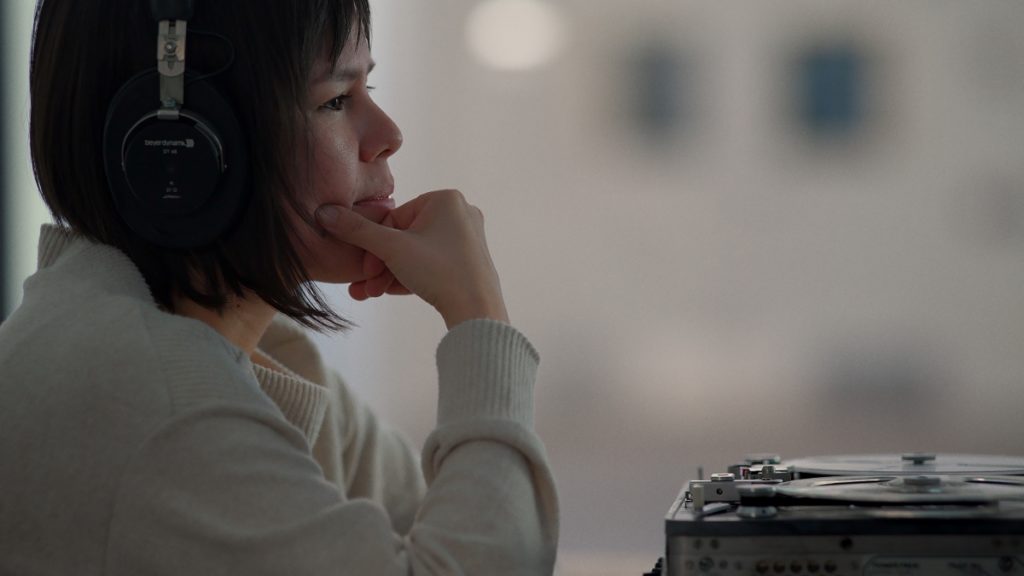
“The land is present as a character, as well as language and knowledge. It’s really lovely to see how it is shaping the traditional documentary structure into something that is reflective of where the stories are coming from,” says Little. “There’s a more embodied experience, a lyrical aspect, unique pacing and cadence, and some real strong stylistic and artistic extensions, which are shifting the way people are experiencing documentary.” She adds that she saw a lot more genre work in feature or short dramatic films, including a lot of futurism, and a spectrum of animated films.
Ryle also sees a need for more resources and capacity for Indigenous-owned production companies to get to the level where they can option projects on their own, without getting outbid on Indigenous-created properties by larger non-Indigenous companies.
Broadcaster perspective
APTN’s Garnet Jones is seeing a phase of content that is about the Indigenous community talking about itself, loving itself, but also challenging itself to grow. “That’s something that Indigenous people haven’t been safe doing in public.”
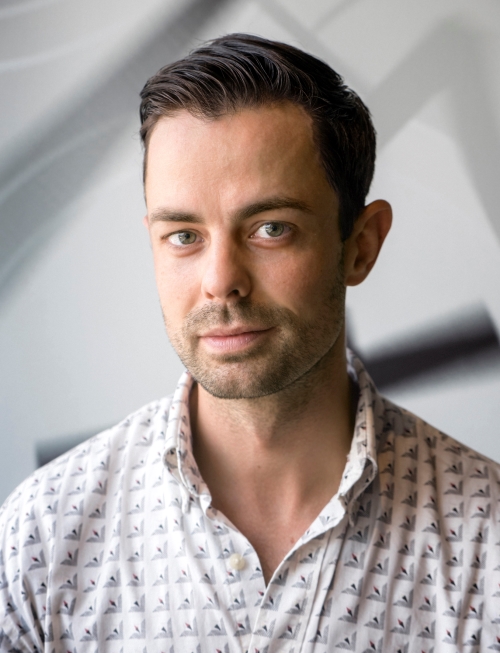
Garnet Jones is new to his position at APTN, and is excited that “we’re in a time where Indigenous creatives can tell stories beyond those deemed capital-‘I’ Important—those that are often heavy and good for critical attention, but not necessarily great for audiences. We’re seeing mainstream broadcasters and others in the industry being open to different kinds of stories.”
At APTN, he’d love to commission work that is lively and modern. “How do we really tap into that Indigenous sense of humor in a way that works on TV?” he queries. “It hasn’t ever really happened yet. But there’s some really good examples in development,” Jones says.
As the network’s mandate is to have 80% of content on screen created by Indigenous independent producers, his challenge is that are so many unique stories, told in different ways and from all parts of the country, that it makes it hard to present something on screen that will attract a national audience. “We’re trying to support a really wide cross-section of talent and storytelling, and we want to have a brand, but we don’t want that brand to cut out a bunch of our storytellers,” he says. “I’m trying to find that sweet spot, of really focusing in on the storytellers, what the story is that they want to tell, and how they are sharing it with the audience.” Jones recently presented the docuseries Michif Country and Life Below Zero Canada on his slate of premieres.
The Shine Network
From a producer/director standpoint, the best experiences are with the Indigenous-led institutions, like imagineNATIVE, the ISO, Capilano University’s Bosa Centre for Film and Animation, and recently with the Shine Network. During the pandemic in 2020, Jennifer Podemski launched the network to give Indigenous female film and TV creators a platform and provide support. Podemski says that throughout her entire career she has experienced a wide variety of barriers, especially with access to funding, and with the Shine Network, she is working to create more support from the top down.
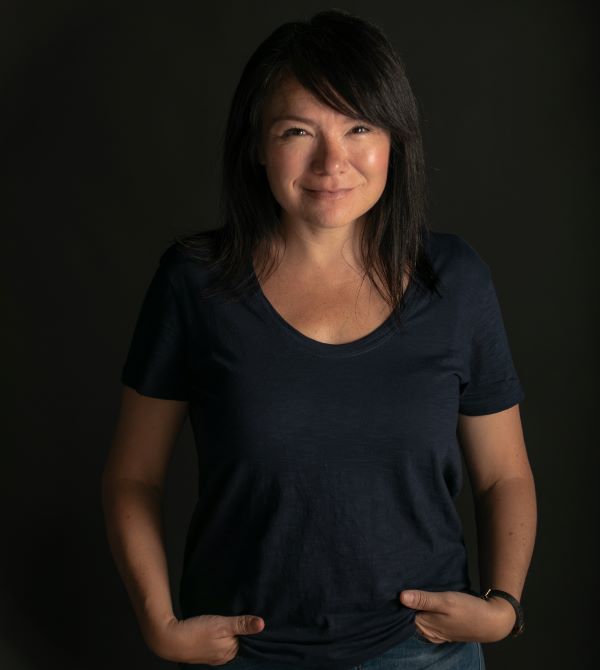
Since its launch, with a grant from the ISO, The Shine Network has created the digital Indigenous Women in Film Symposium, which has provided 25 two-hour interviews with Indigenous women in the business; and with another small grant, a business affairs and line producing career accelerator.
“It was eye-opening and inspiring to realize that all of us are up against a lot of the same barriers,” says Podemski. “Indigenous women are almost entirely committed to creating Indigenous content from the communities we’re from. The lens is often really specific, which makes it very difficult to engage buyers and financiers. When we do receive funding, it ends up being a small slice of the pie and we’re expected to deliver the same as everybody else.”
Even though the imagineNATIVE-commissioned “On-Screen Pathways and Protocols” says that meaningful collaboration should follow appropriate protocols and provide “significant opportunities for credited production employment, serving to support the Indigenous screen industry towards the goal of narrative sovereignty,” this hasn’t come to fruition.
“There’s so much to be learned on the part of our non- Indigenous partners,” comments Podemski. She calls for trauma-informed production values and supporting, not exploiting, the Indigenous people on the crew by making them the default consultants for everything Indigenous. When asked whether things are improving, Podemski says: “It looks like there’s like an upward trend happening but I’m reluctant to get excited about anything until it’s proven. These changes are systemic, and it’ll take a long time to ensure that they have sustainability.”
Filmmaker POVs

Cree filmmaker Alexandra Lazarowich (Fast Horse, 2018) left Canada for the United States for five years because she wasn’t finding the opportunities she wanted. “Now there are more funding opportunities in Canada. It’s kind of insane how many programs are being offered to BIPOC creators, female creators…[but] it still feels like there’s a really huge barrier to getting a job,” says Lazarowich.
Anishininew filmmaker Amber Sekowan Daniels, whose CTV comedy series Acting Good was going into production in Manitoba when we spoke, says there’s too much focus on up-and-coming and emerging Indigenous creatives. “What we really need is people in decision-making roles and people above the line, and those are very hard jobs to crack into,” she says. “It’s all well and good to say we’re training people and have people come in entry-level on any kind of job but that doesn’t really feel like it helps.
“It’s about letting us bring people in who may not have a flashy resume,” she says. “There’s so many amazing filmmakers here (in Manitoba), and a lot of people in Toronto don’t know them, and I remember trying to break in and people would say ‘You don’t have a mainstream broadcaster credit.’ I didn’t have access to those spaces. I had a body of work, but it wasn’t recognized by the system,” she adds.
When a small number of Indigenous creators succeed and make a film, there are still gaps in supporting them to enter markets and to audiences. “It feels like people are turning out films and with an extra $150,000, the film could be incredible,” says Daniels. “Lots of these people can barely pay themselves or hire a publicist during this [distribution] process…how do we ensure that BIPOC voices are at the table on the worldwide market?”
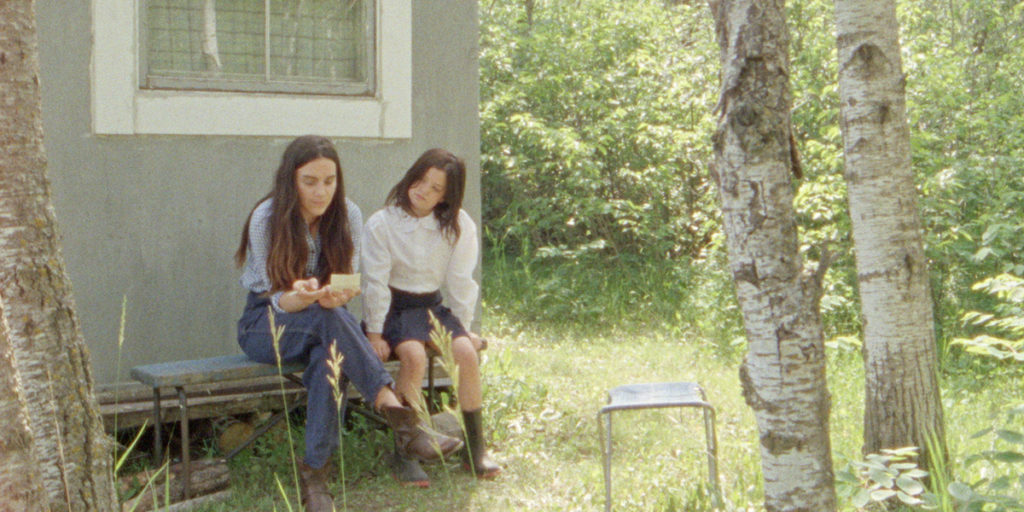
Lazarowich adds, “It’s hard for people who are not Native or BIPOC to understand the barriers to access. I know that some non-Native organizations are trying hard to incorporate a Native person on their team, but even it is so difficult to be the only Native person in the room advocating for things. We can consult for the rest of our lives, but if you don’t have power to make decisions within the organizations, we’ll still be facing all of these problems years from now.”
Lazarowich is still excited for experimental projects, like Rhayne Vermette’s Ste. Anne, which won the Amplify Voices Award for best Canadian feature film at this year’s TIFF. “She’s really drawing outside of the lines of what Indigenous film is,” she says. “There’s some projects coming in the next year or two that will expand the idea of how Native people, including myself, see ourselves, and the ways that we tell stories, which is often circular, and not linear and doesn’t fit into a three-act structure,” she says.
A final word
If it seems as if Indigenous creators aren’t exactly effusive at the state of the industry, it’s more about taking a cautious approach towards the incremental changes happening in film and TV. Nobody wants to look naïve by celebrating change until it’s really happened.
All of these shifts, no matter how small, are encouraging, according to Wente. “An elder told me something that I’ve repeated often. When you set out on a journey, changing direction, even by a degree, seems insignificant, but after you’ve walked for a day, that change means you’ve actually ended up in a totally different place than where you began. I’m seeing those shifts happen. Sometimes they’re just that degree, but I know that in the long run…the stories that we will get in the future are going to be very different than the stories we’ve heard up till now. That’s what we need.”




